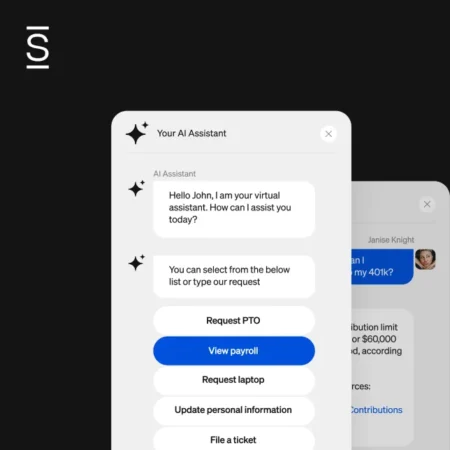Earlier in the Intranet Governance series, we noted ‘Poor Intranet Governance’ was consistently cited as the primary driver of program failure. This was part of a 6-month research study conducted by Simpplr Research. In fact, the majority of survey respondents who’ve seen an intranet fail faulted unclear ownership and governance. This was higher than any technical or functional issue cited.
As we dug deeper into the research, we noticed three intranet mistakes continued to repeat themselves.
Avoid these 3 mistakes of failed intranets due to poor governance
Mistake 1: The set-it-and-forget-it approach
There are countless examples of projects that gained momentum, launched, and eventually were forgotten and unused. If ownership is unclear, your intranet is guaranteed to break or fail at some point. A typical pattern involves an IT project manager who initializes and implements all requirements for various business units. The IT project manager works with cross-functional teams to formulate the scope of the project and becomes the point of contact for deployment. Eventually, the project manager abandons the project after a successful deployment and moves on.
Intranets typically need a dedicated, ongoing owner from the business side to avoid failure. They usually reside within an internal communications function as part of marketing or HR. To avoid the “set it and forget it” mistake, those accountable after launch need to be part of gathering requirements and establishing vision up front. They should not wait to have a project dumped on them. Successful organizations have gone as far as drafting a constitution under which headcount across departments is allocated to continue the effort.
Mistake 2: The isolated, impulsive purchase
In this scenario, one stakeholder purchases an intranet technology without buy-in across the organization. When the time comes to implement the solution, groups that were not part of the initial decision-making process reject the initiative and block the deployment. Since intranets by their nature are built to connect and align distributed teams and locations, the purchasing process needs to account for each of these groups up front to avoid failure.
Mistake 3: The Frankenstein intranet
It’s not uncommon for different stakeholders to view the intranet’s purpose differently. Take the following example:
The communications team views the intranet as a place to drive employee engagement. Ultimately, communications team members feel pressured to have employees read their content so they can justify the existence of the program. The IT team sees the intranet as a means to improve productivity. Its members want to use the intranet as a hub to connect all of the other productivity apps. Deep down, they feel pressured to justify the software investment, so they think a connected intranet can drive engagement in all software investments. HR typically is the face of improving company culture, but when it comes to intranets, the department just needs a place to store all of its policies and documents. And other groups, like compliance, often see the intranet as the only place where mandatory training and sign-off occur.
No one group in the example above is wrong in its objectives. The problem is that all of a sudden, the intranet has created many disparate objectives. Before long, nobody is clear on the intranet’s purpose. Objectives also begin to conflict. For example, it’s difficult to use your intranet as a highly curated, focused environment to focus on what is important to the company when others see it as a catch-all for access to all documentation and systems.
Subscribe to our Intranet Governance Series
Since intranet governance best practices are so important, we’ve decided to dig deeper into the topic, interview many of our customers and intranet practitioners, and develop a more formalized point-of-view. Read through our governance blog series and learn how to set up your governance committee successfully to avoid intranet failure:
Part 1: Poor Governance is the Top Reason Intranets Fail
Part 2: Forming your governance committee 101
Part 3: So you now have an intranet governance team. What do you do?
Part 4: Managing a federated intranet with multiple managers and content contributors
Part 5: How your governance committee aligns with intranet content management responsibilities
Part 6: Roles and responsibilities for Internal Communications
Part 7: The importance of your intranet’s goals and charter
Part 8: Executive engagement makes or breaks your intranet














